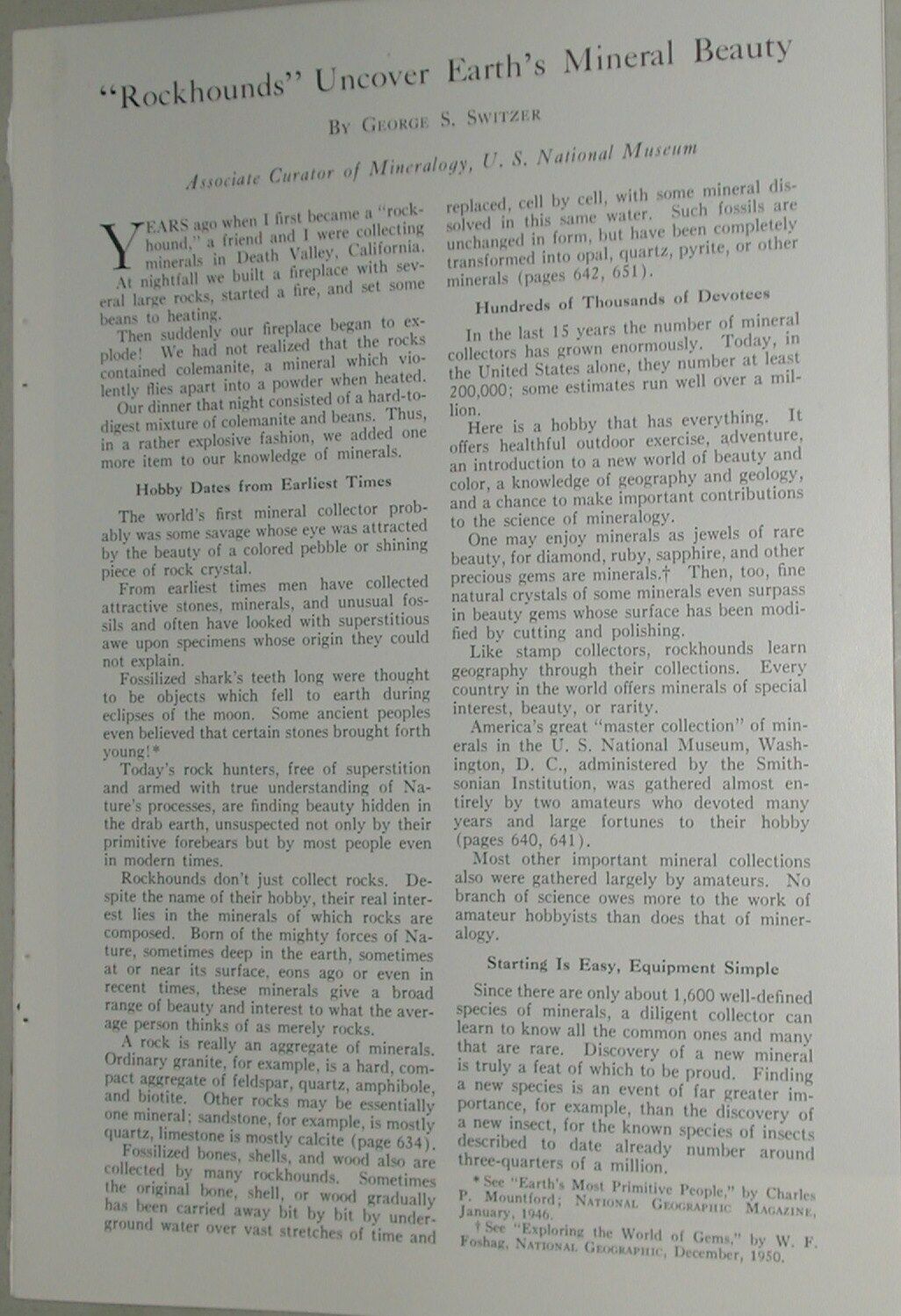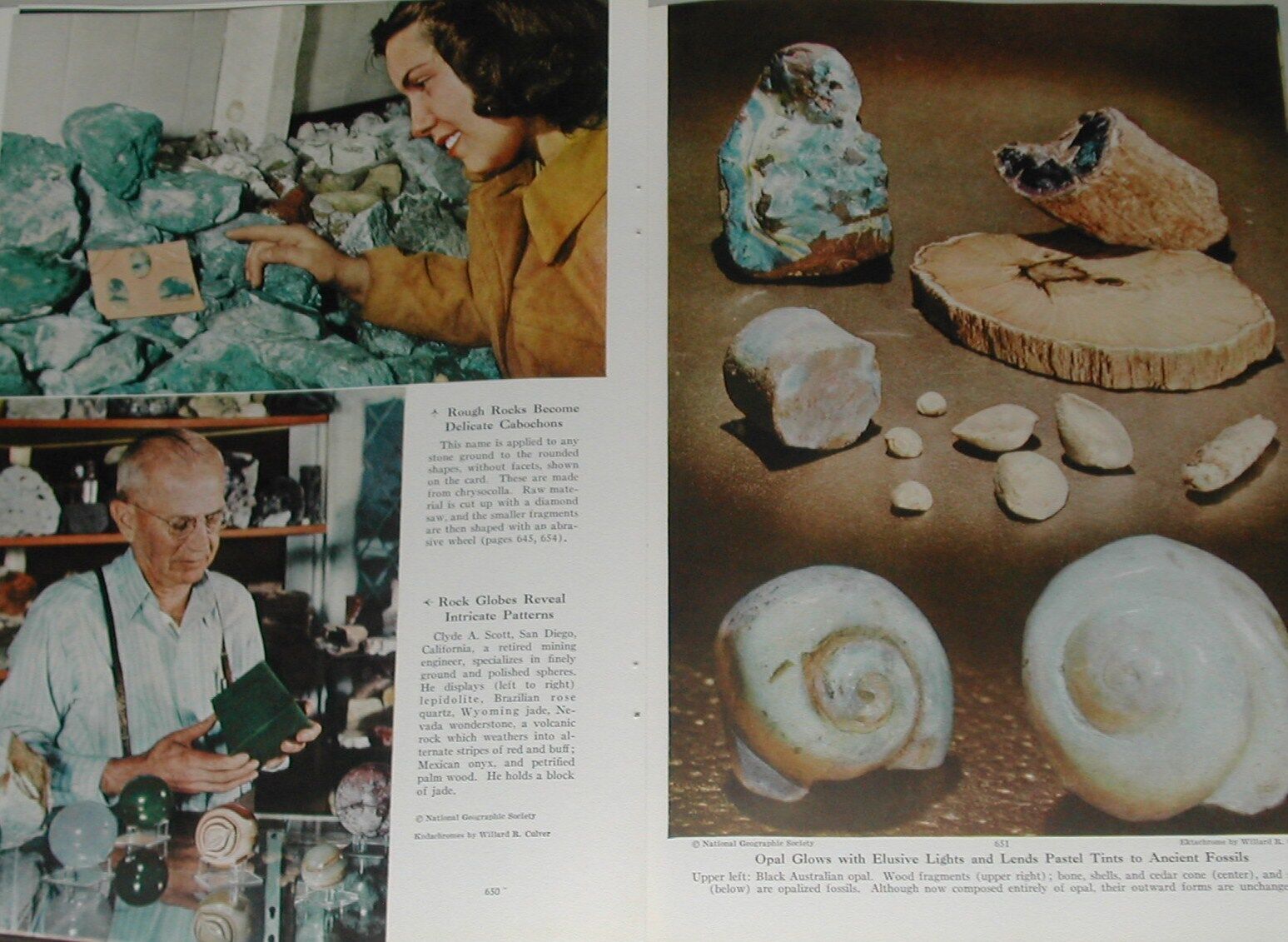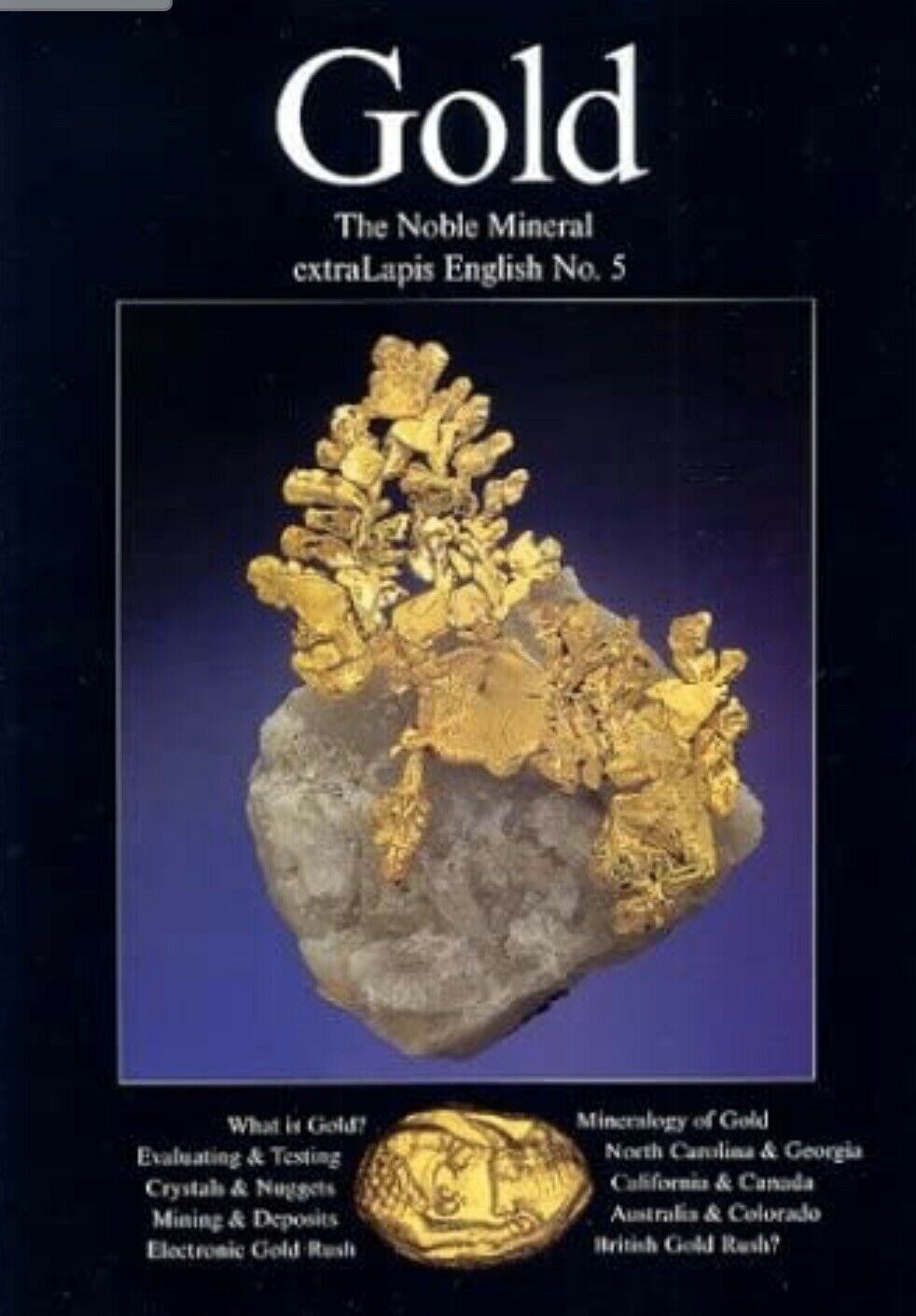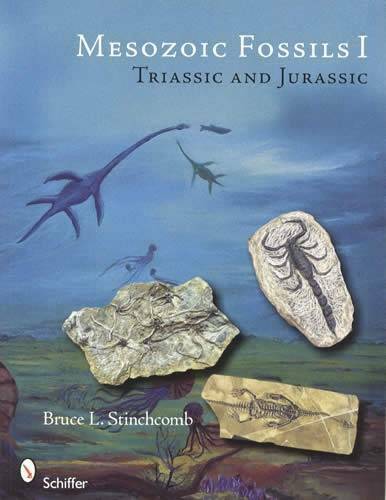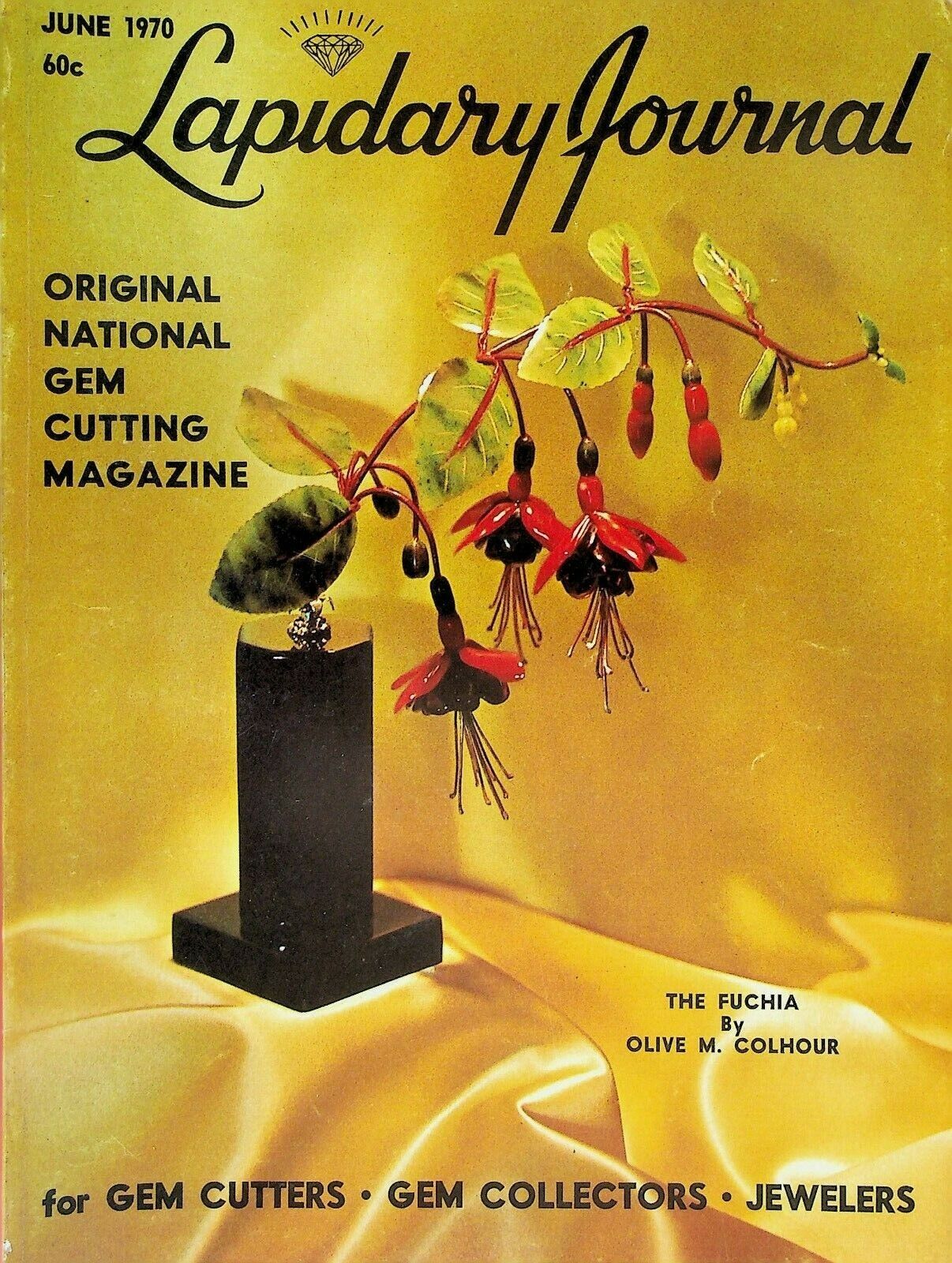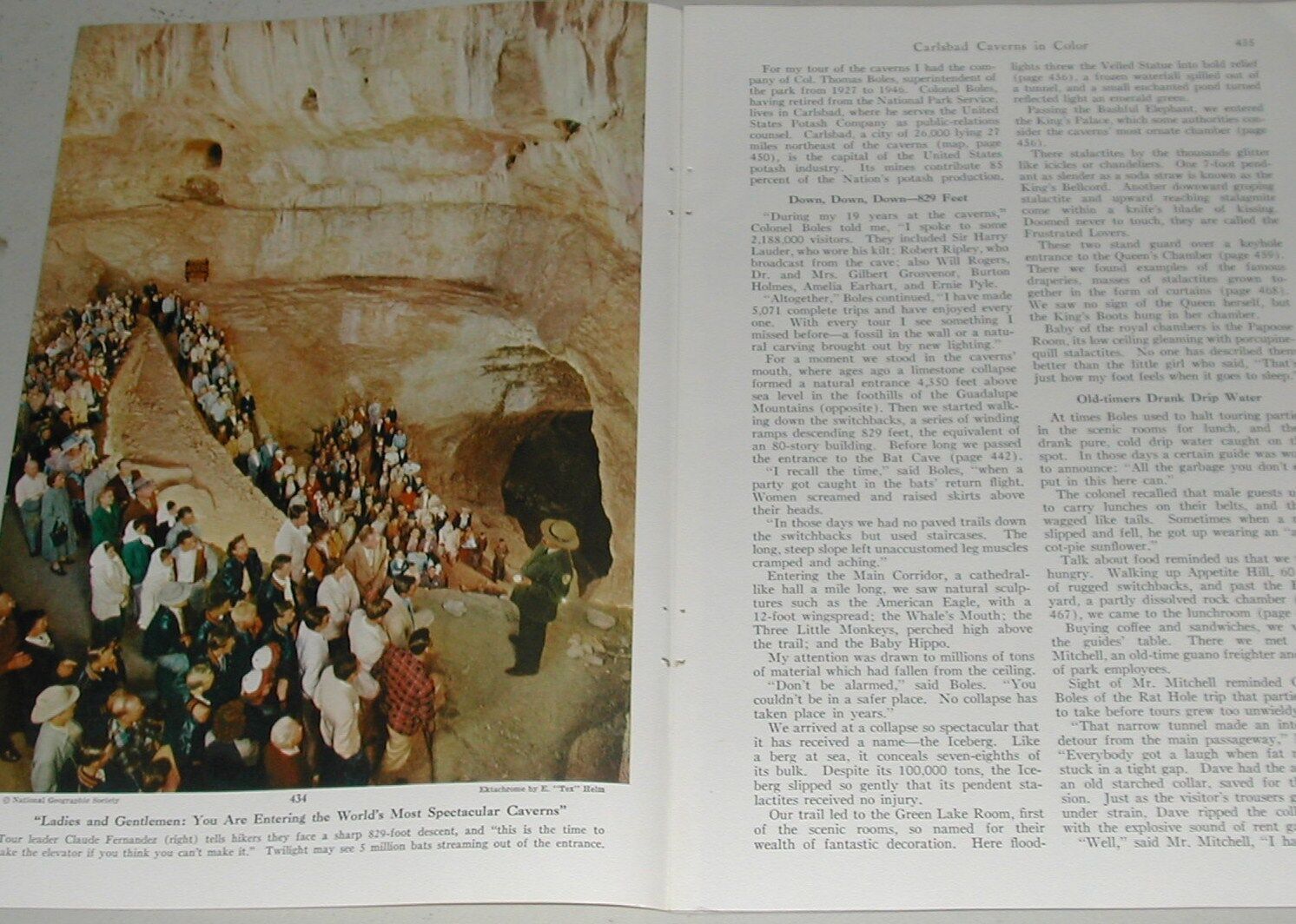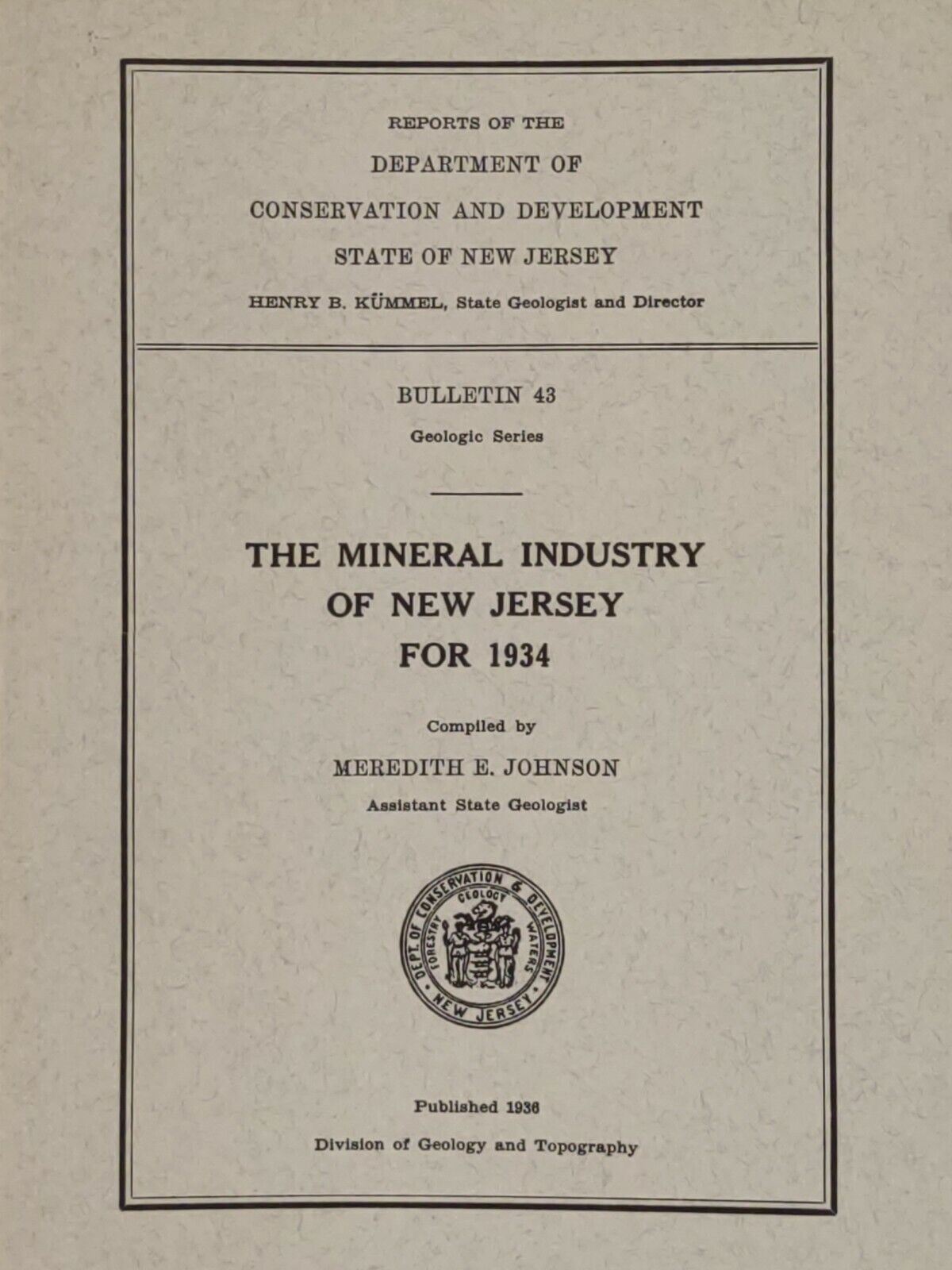-40%
1951 magazine article Rockhounds, ROCK & MINERAL collecting
$ 4.22
- Description
- Size Guide
Description
Selling is a 1951 magazine article about:Rockhounds
rock & mineral collecting
Title: Rockhounds Uncover Earth's Mineral Beauty
Author: George Switzer
This article is about rocks and minerals and those who collect them. Color photos too.
Quoting the first page “Years ago when I first became a "rock-hound," a friend and I were collecting minerals in Death Valley, California. At nightfall we built a fireplace with several large rocks, started a fire, and set some beans to heating.
Then suddenly our fireplace began to explode! We had not realized that the rocks contained colemanite, a mineral which violently flies apart into a powder when heated.
Our dinner that night consisted of a hard-to-digest mixture of colemanite and beans. Thus, in a rather explosive fashion, we added one more item to our knowledge of minerals.
The world's first mineral collector probably was some savage whose eye was attracted by the beauty of a colored pebble or shining piece of rock crystal.
From earliest times men have collected attractive stones, minerals, and unusual fossils and often have looked with superstitious awe upon specimens whose origin they could not explain.
Fossilized shark's teeth long were thought to be objects which fell to earth during eclipses of the moon. Some ancient peoples even believed that certain stones brought forth young!
Today's rock hunters, free of superstition and armed with true understanding of Nature's processes, are finding beauty hidden in the drab earth, unsuspected not only by their primitive forebears but by most people even in modern times.
Rockhounds don't just collect rocks. Despite the name of their hobby, their real interest lies in the minerals of which rocks are composed. Born of the mighty forces of Nature, sometimes deep in the earth, sometimes at or near its surface, eons ago or even in recent times, these minerals give a broad range of beauty and interest to what the average person thinks of as merely rocks.
A rock is really an aggregate of minerals. Ordinary granite, for example, is a hard, compact aggregate of feldspar, quartz, amphibole, and biotite. Other rocks may be essentially one mineral; sandstone, for example, is mostly quartz, limestone is mostly calcite.
Fossilized bones, shells, and wood also are collected by many rockhounds. Sometimes the original bone, shell, or wood gradually has been carried away bit by bit by underground water over vast stretches of time and replaced, cell by cell, with some mineral dissolved in this same water. Such fossils are unchanged in form, but have been completely transformed into opal, quartz, pyrite, or other minerals.
In the last 15 years the number of mineral collectors has grown enormously. Today, in the United States alone, they number at least 200,000; some estimates run well over a million.
Here is a hobby that has everything. It offers healthful outdoor exercise, adventure, an introduction to a new world of beauty and color, a knowledge of geography and geology, and a chance to make important contributions to the science of mineralogy.
One may enjoy minerals as jewels of rare beauty, for diamond, ruby, sapphire, and other precious gems are minerals. Then, too, fine natural crystals of some minerals even surpass in beauty gems whose surface has been modified by cutting and polishing.
Like stamp collectors, rockhounds learn geography through their collections. Every country in the world offers minerals of special interest, beauty, or rarity.
America's great "master collection" of minerals in the U. S. National Museum, Washington, D. C., administered by the Smithsonian Institution, was gathered almost entirely by two amateurs who devoted many years and large fortunes to their hobby.
Most other important mineral collections also were gathered largely by amateurs. No branch of science owes more to the work of amateur hobbyists than does that of mineralogy.
Since there are only about 1,600 well-defined species of minerals, a diligent collector can learn to know all the common ones and many that are rare. Discovery of a new mineral is truly a feat of which to be proud. Finding a new species is an event of far greater importance, for example, than the discovery of a new insect, for the known species of insects described to date already number around three-quarters of a million…"
7” x 10”, 15 double-sided pages, 6 B&W and 28 color photos.
These are pages from an actual 1951 magazine. No reprints or copies.
51K2
Please note the flat-rate shipping for my magazine articles. Please see my other auctions and store items for more old articles, advertising pages and non-fiction books.
Click Here To Visit My eBay Store: busybeas books and ads
Hundreds of items!
Anything I find that looks interesting!
Please see my other auctions for more
goodies, books and magazines.
I’ll combine wins to save on postage.
No postage charge for the ads or articles if you buy a book that I can mail the ads/articles inside.
Thanks For Looking!
Matthew 7: 7-8
Powered by
eBay Turbo Lister

